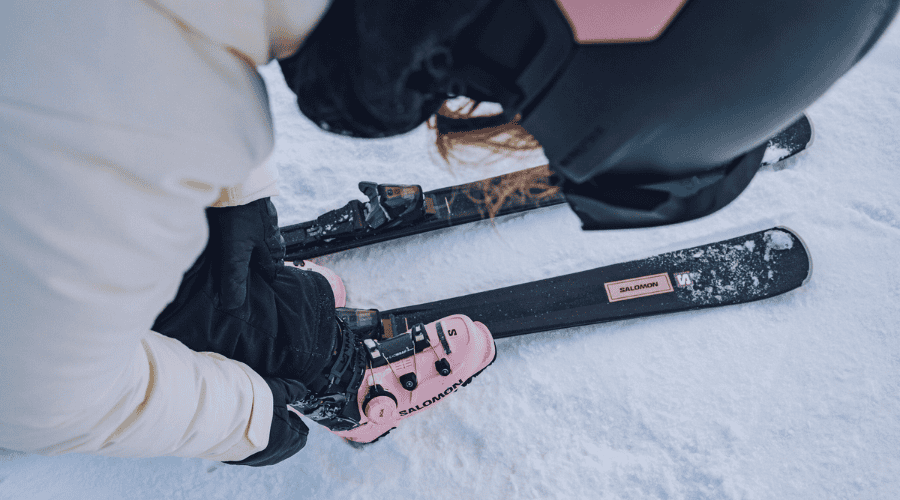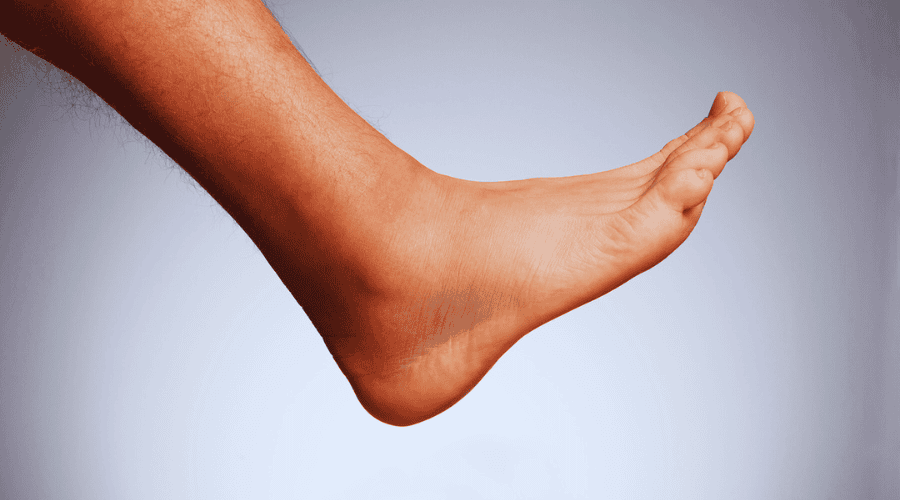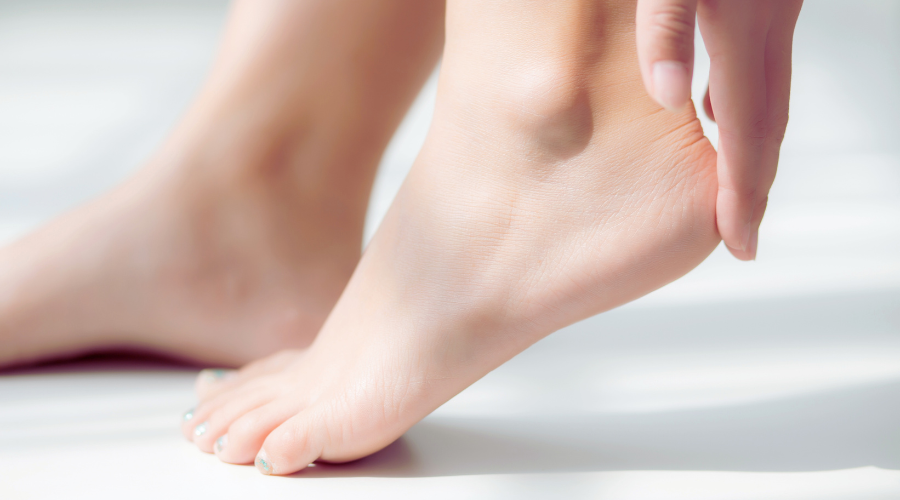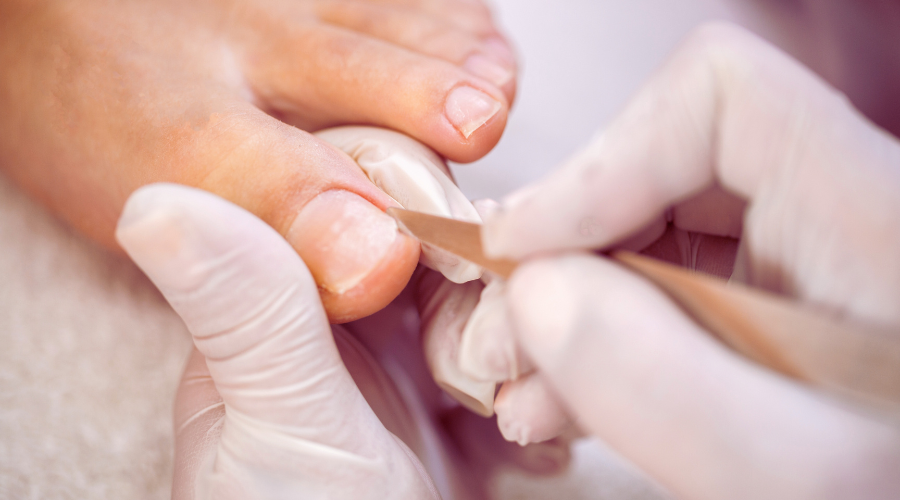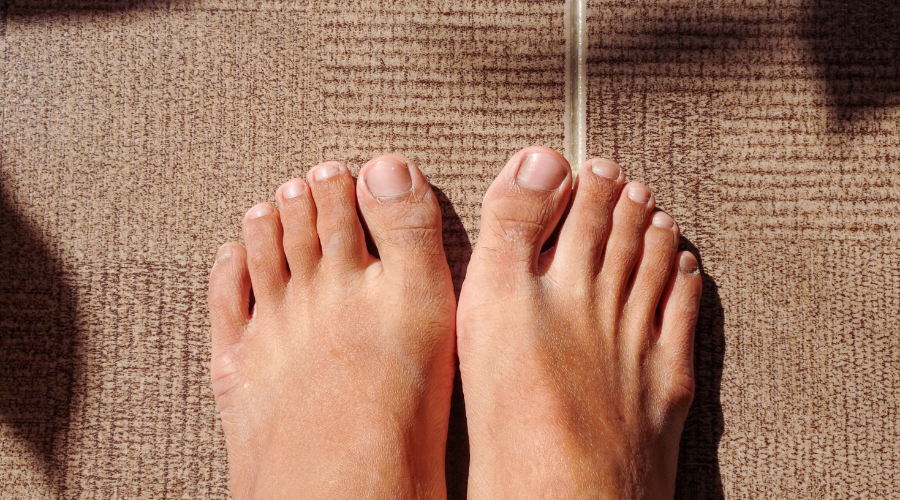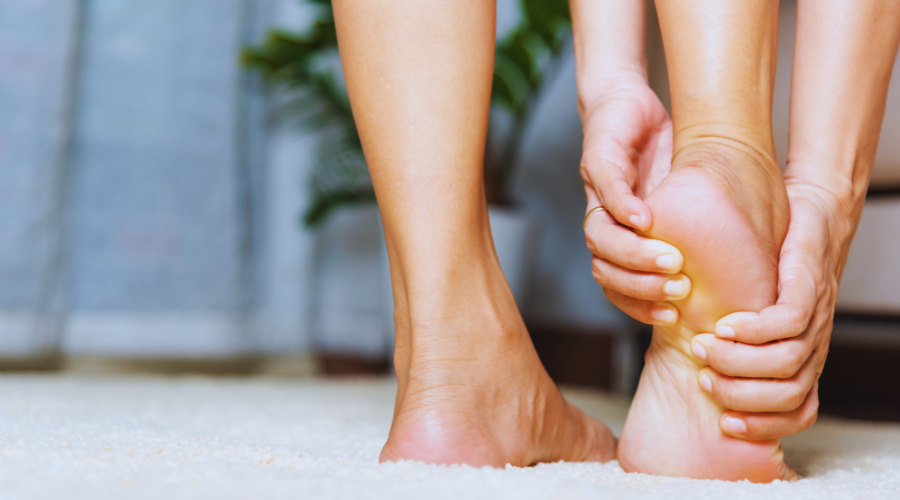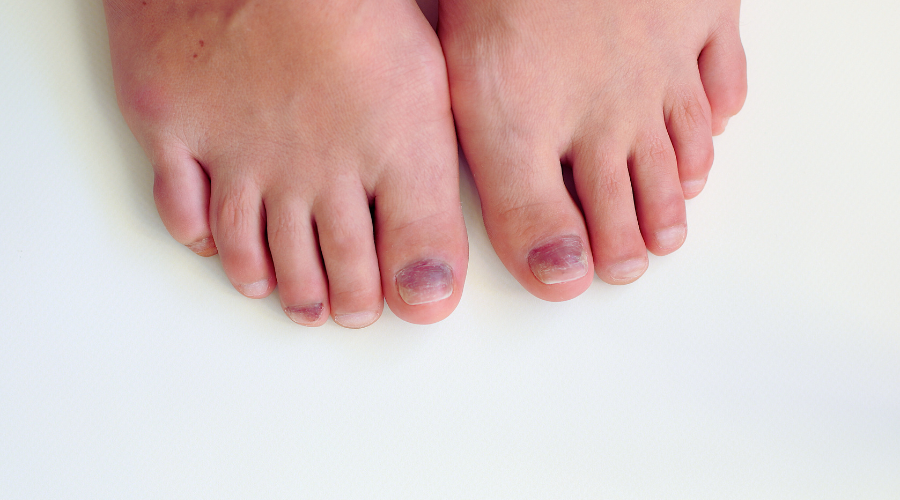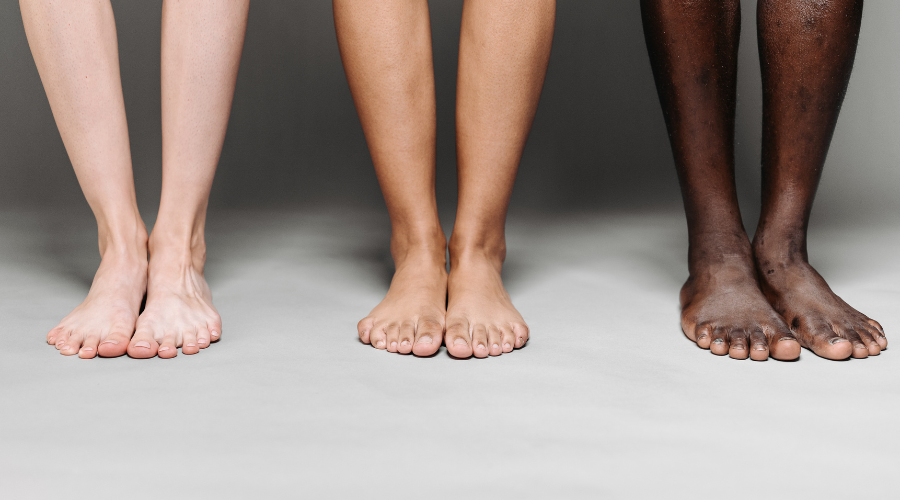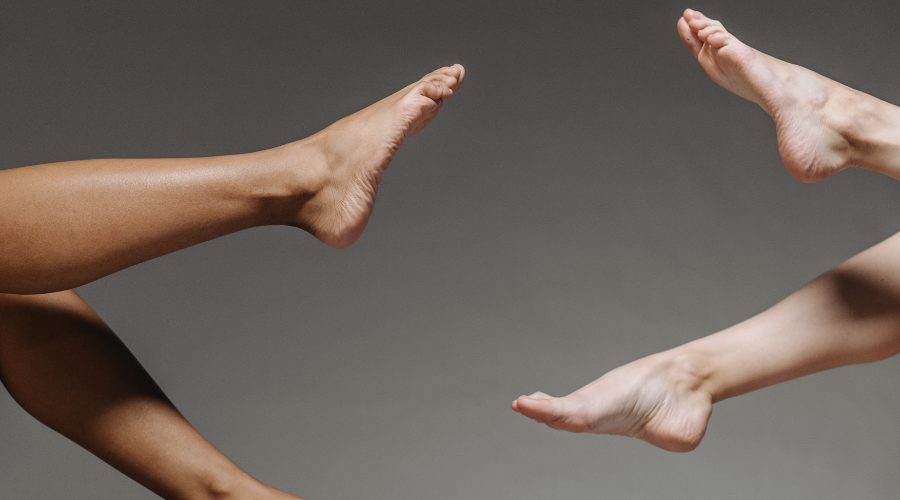Running is a highly beneficial exercise popular for its convenience and numerous health benefits. For many, running has become a part of their daily routine, and with constant exercise a serious issue arises; the wear and tear of running shoes. Running in old or worn-out running shoes can lead to a plethora of running injuries such as ankle sprains, lower back pain, runner’s knee, plantar fasciitis and many more, causing pain during both exercise and in daily life.
5 Signs It’s Time To Replace Your Running Shoes
Over time, your running shoes lose shock absorption, cushioning, stability, and support. These four qualities are vital in running shoes to ensure decreased stress and impact on your legs and joints to help prevent overuse injuries. The best thing you can do to prevent such injuries is to replace your shoes at the right time. So, here are 5 signs it’s time to replace your running shoes:
1. Mileage
Whether you run 5km or 50km, keeping track of your mileage helps you monitor the life of your running shoes. We recommend replacing your shoes every 400-600 kilometres however this varies depending on your running style, and running surface. Less frequent runners typically need to replace their shoes less often. Alternatively, those who run on rough surfaces will need to replace their shoes more frequently than someone who primarily runs on the treadmill. Nonetheless, our shoes take quite a beating when running as we land with nearly four times our body weight and strike the ground approximately 1,500 times in just 10 minutes of running. By knowing the mileage you’ve run in your shoes and replacing them at the recommended intervals, you can easily avoid a number of common running injuries.
PRO TIP: If you have trouble tracking the mileage of your shoes, write the date on the inside of the shoe when you buy them to roughly estimate when it’s time for new shoes.
2. Pain
The saying is “no pain, no gain” but when it  comes to running, some pain can easily be remedied by replacing your running shoes when discomfort ensues. Muscle fatigue, shin splints, or pain in joints – especially in the knees – can be the result of wearing running shoes that have lost their cushioning and support over time. For running shoes to be effective, the shock absorption and cushioning of the shoe must combat and prevent any pain from occurring. As mentioned earlier, when running we land with nearly four times our body weight, so the significance of effective shock absorption becomes prevalent in avoiding numerous injuries and issues associated with such force.
comes to running, some pain can easily be remedied by replacing your running shoes when discomfort ensues. Muscle fatigue, shin splints, or pain in joints – especially in the knees – can be the result of wearing running shoes that have lost their cushioning and support over time. For running shoes to be effective, the shock absorption and cushioning of the shoe must combat and prevent any pain from occurring. As mentioned earlier, when running we land with nearly four times our body weight, so the significance of effective shock absorption becomes prevalent in avoiding numerous injuries and issues associated with such force.
3. Treads
Assessing the appearance of the running shoe itself may reveal several tell-tale signs that it’s time to replace your shoes. Most importantly, the treads – being the part of the shoe that comes in constant contact with the ground – is susceptible to the most damage. Due to the friction caused between your foot and the ground, the soles of the shoe easily wear down over time losing both the shoe’s shock absorption, support and stability – key qualities ensuring a pain-free run.
4. Size and Fit
Feet are constantly growing in shape, width, and height, which is why it’s important to replace your running shoes when discomfort persists. Shoes that may have fitted perfectly several months ago may now be causing you pain in significant areas such as the toes, heel and arch. It’s important to wear a running shoe that effectively supports your foot size and shape; fortunately, we are spoilt for choice when it comes to choosing which running shoes to buy as some brands and styles cater for wider feet or lower arches. Remember to wear running shoes with an appropriately sized toe box to avoid injuries such as black toes, blisters, and bunions. Comfort reigns supreme when it comes to running shoes, so ensure that every aspect of your foot is comfortable in the shoe. The shoe should feel as if it’s a functioning part of your foot working with the natural motion of your foot.
PRO TIP: When buying new running shoes, jog around in the store a bit before heading to the cash register to ensure optimal comfort and support where you need it most.
5. Blistering
Marathon runners and casual runners alike are familiar with the blisters that running can cause. While taping and toe sleeves may temporarily prevent blisters from forming, in the long run (pun not intended), buying new running shoes with a better fit offers a greater guarantee of preventing blisters without the need for excessive taping. The weather in which you run in plays a significant role in the likelihood of forming blisters. Blisters tend to form in wet and humid conditions so consider wearing moisture-wicking socks to prevent blisters from forming if you tend to run in such weather conditions. However, if you run in moderate weather conditions and you’re continuously plagued with foot blisters, it may mean your shoes don’t fit correctly and it’s time for a new well-fitting pair.
Tips for Buying New Running Shoes
The Twist Test
When running, the foot flexes, so to ensure a natural stride the shoe needs to crease at the same flex point as your foot. This flex point in the shoe should occur at the same position as the balls of your feet. A shoe that is too flexible fails the “Twist Test”. If you hold the shoe at both ends and twist the shoe it should feel firm in order to provide adequate support. However, a shoe without proper support tends to twist easily and isn’t suitable for running.
Rotating Shoes
Sometimes it’s difficult to know when it’s time for new running shoes since we tend to adapt to the discomfort they cause over time. To avoid doing more harm than good, it is recommended that runners buy a new pair of running shoes halfway through the life expectancy of your current shoes and rotate between the two. Should the difference in comfort be significant between the two pairs, it’s time for the older pair to retire.
Hopefully, with these 5 five signs it’s time to replace your running shoes, you can take your best foot forward in a pain-free run. Still feeling pain after having replaced your running shoes? Perhaps there is a bigger issue.
At The Foot Hub, our Sydney podiatrists specialise in biomechanical foot assessments to help pinpoint key problem areas in your gait that may not be easily corrected by a simple change of running shoes. Why be walking on sunshine, when you could be running on sunshine? Book an appointment online or call us on 02 8096 4763.



